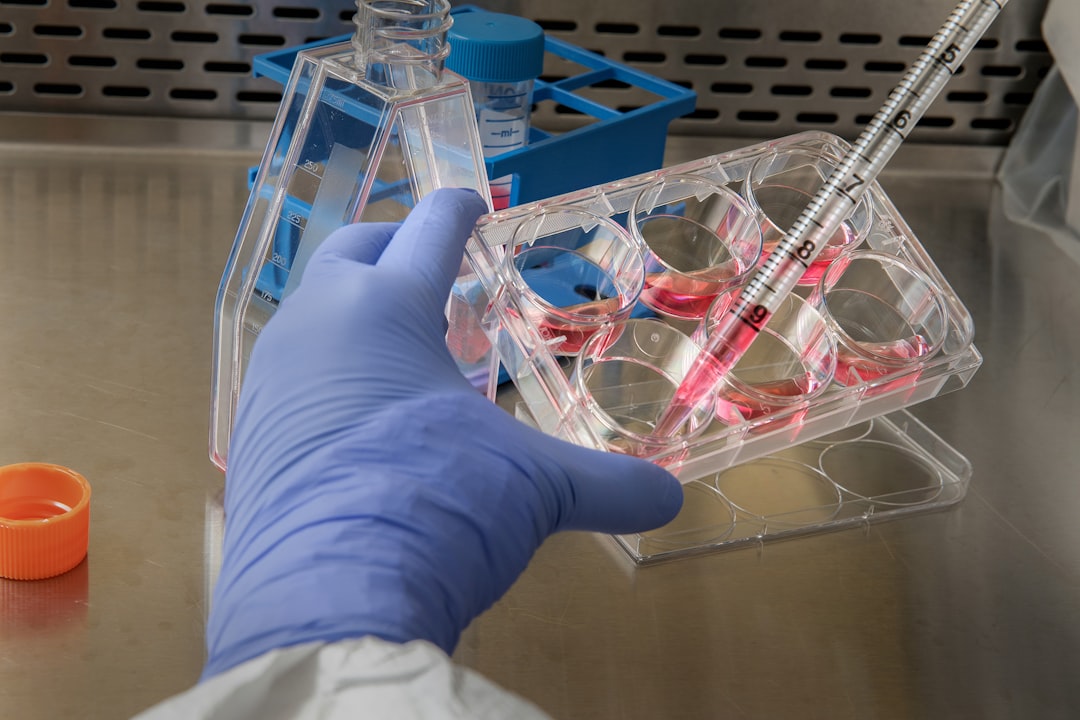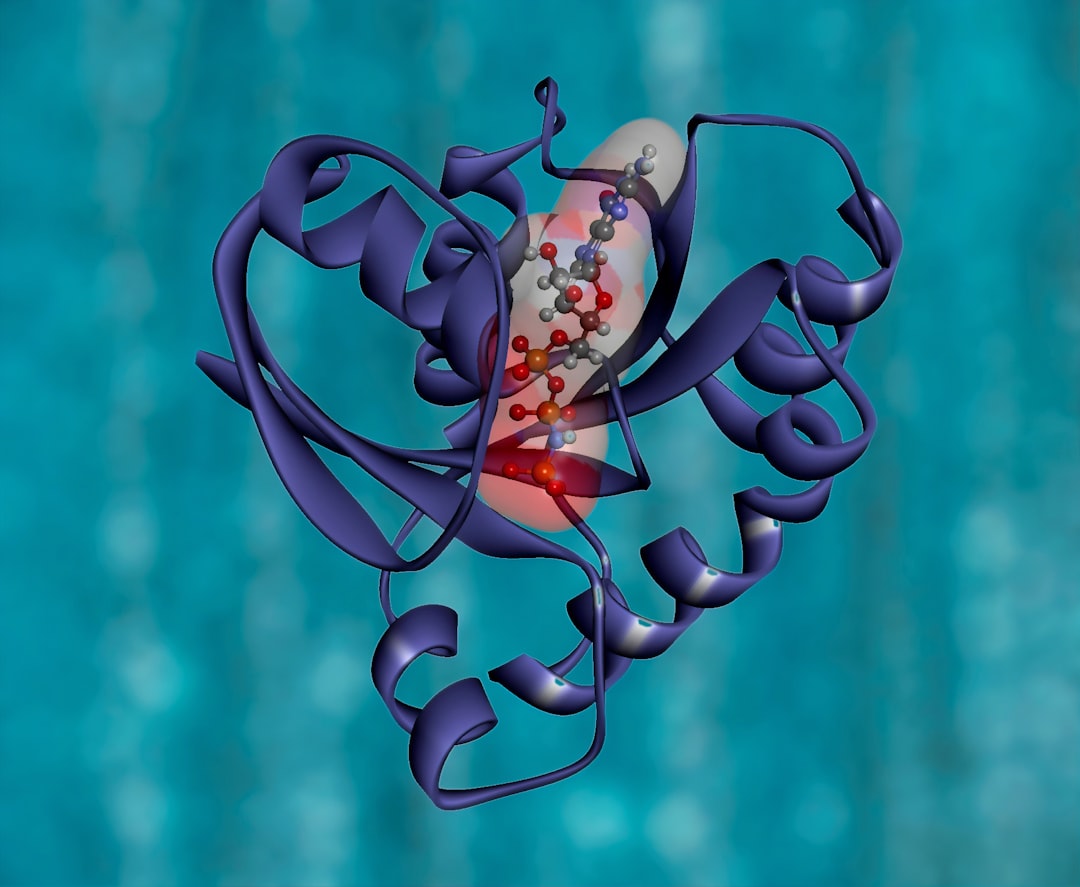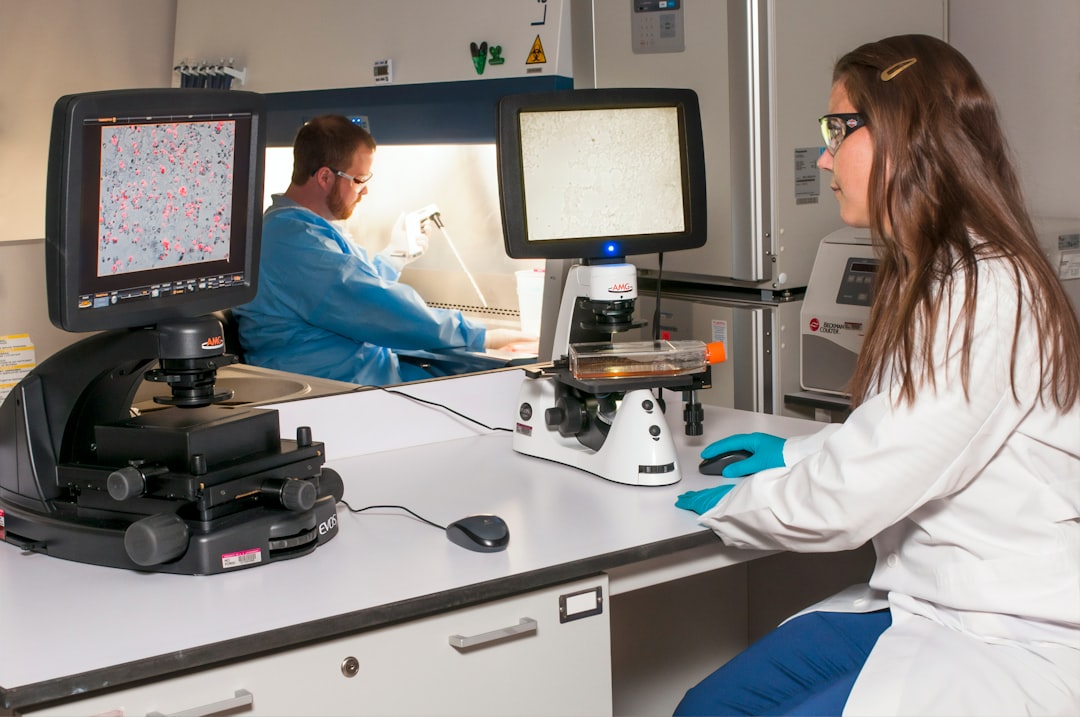What is it about?
We have shown that mice need dopamine—a neurotransmitter that is often called the brain's ‘feel-good chemical’—to maintain the internal clock that supports food anticipatory activity. Specifically, we found that D1 receptors are important for maintaining feeding-related daily rhythms, but that D2 receptors are not. Additionally, dopamine only needs to be produced in a region of the brain called the dorsal striatum for food anticipatory activity to occur. This suggests that only D1 receptors in this region influence this activity, though there are many other regions of the brain that contain these receptors.
Featured Image
Why is it important?
The next challenge is to unravel the neural circuits that control food anticipation behavior. For example, what ‘tells’ the neurons in the dorsal striatum that an animal is hungry? Which of the D1 receptor expressing neurons relay the information about the timing of food anticipatory behavior and to where? Also, if a similar clock operates in humans, testing to see if it is misregulated in people with eating disorders could help us to better understand these conditions.
Read the Original
This page is a summary of: Dopamine receptor 1 neurons in the dorsal striatum regulate food anticipatory circadian activity rhythms in mice, eLife, September 2014, eLife,
DOI: 10.7554/elife.03781.
You can read the full text:
Contributors
The following have contributed to this page










